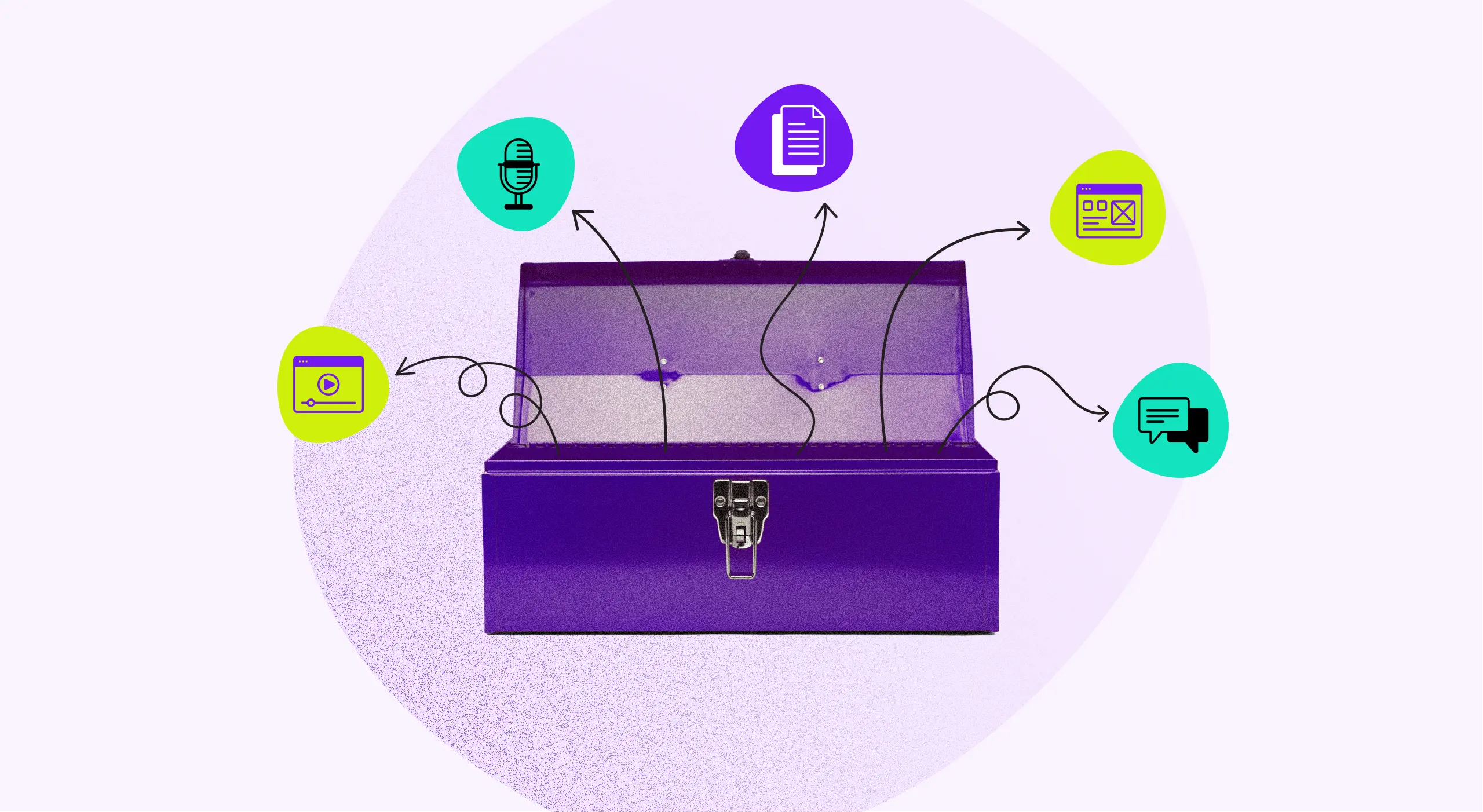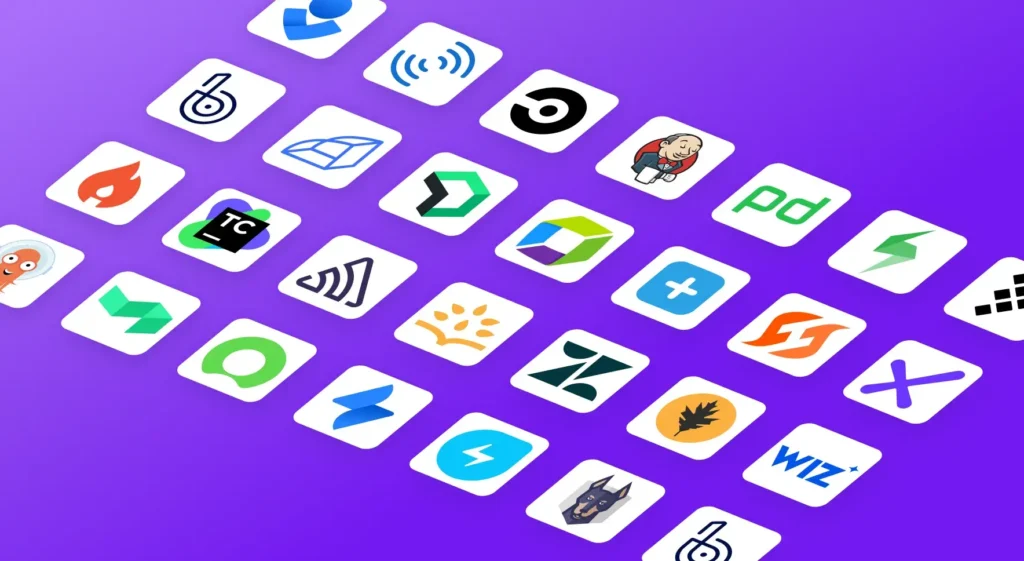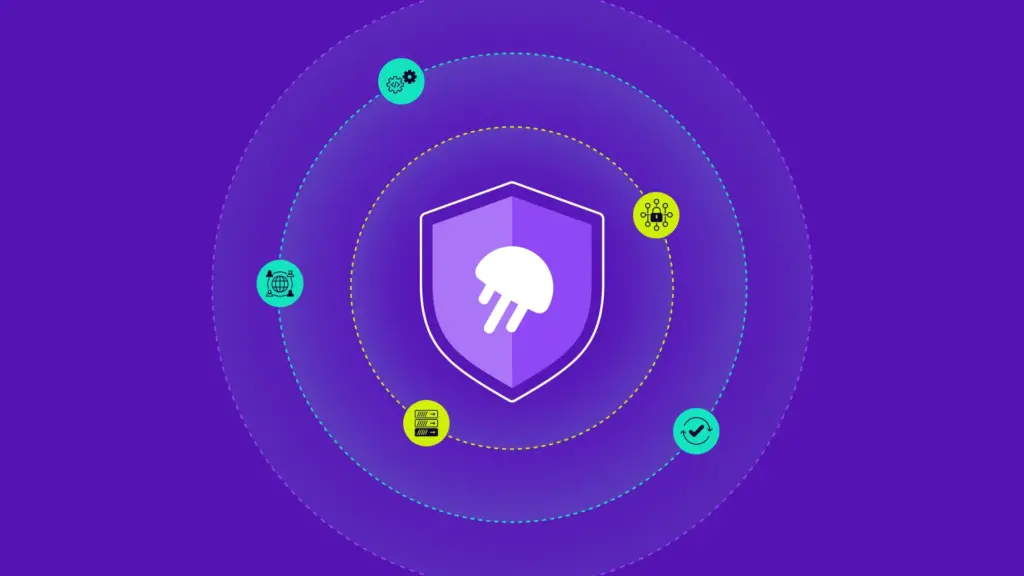In January, the Jellyfish team held our Company Kickoff in Boston. These annual kick-off meetings often lead me to reflect on what I’ve learned about the Engineering persona over the past 18 months, whether from customers, partners, colleagues or fantastic industry resources.
Before we get into it, here is some context on me and the company.
For the past nine years, I’ve worked with a range of buyers: Customer Service (Zendesk), Product (Productboard), and now Engineering (Jellyfish). Unintentionally, this has been a great way to progress into increasingly sophisticated and complex buyers.
Jellyfish sits at the intersection of two megatrends: Remote work and “every company is a software company.” Executives want to understand how to make their entire company more effective. Historically, the research and development (R&D) function at software companies has been a black box, leading to confusion and occasionally distrust of the go-to-market (GTM) functions. Look no further than the Mckinsey vs Pragmatic Engineer intellectual battle royale on whether an engineer could and should be measured.
It’s been a great 18 months to better understand the engineering function and how engineers work. Engineers are unique from product and customer service leaders. They are passionate about their work and motivated to solve complex problems. Additionally, they are very independent and looking to automate every task with technology. When it comes to software vendors, they are skeptical, especially when it comes to bold data claims.
There are some common rules or laws that Engineering leaders know (that I’ve learned here at Jellyfish):
- Goodhart’s Law. When a measure becomes a target, it ceases to be good. Engineers are brilliant and will likely take that path if there’s a way to cheat a system.
- Brook’s Law. “Adding manpower to a late software project makes it later.” Best captured in “Mythical Man Month: Essays on Software Engineering.” by Fred Brooks.
- Einstellung Effect. This psychological phenomenon refers to the tendency to approach a problem with a mindset that has worked in the past. The best engineers are creative, collaborative, and open-minded with problem-solving.
I have learned a ton from our customers, calling out a few of them: Ian Lees, Andy Wright (Submittable), Scott Holland (Kaleris), Jamey Miller (OneTrust), Sidd Ramm.
I am sharing a list of resources that have helped my learning curve in engaging with engineers and engineering leaders. Here’s a list of resources (Substacks, Podcasts; Essays, etc) I’ve found incredibly useful (in no particular order).
Substacks
- Software Snack Bites (SSB). Weekly podcast or essay from Shomik at Boldstart, an inception fund for developers. Last year, I did a guest post on SSB, and a number of my trusted sources called out below, I “discovered” via Shomik. Favorite Episode: Brian Chambers from Chick-Fil-A (maybe it’s the Chicken Tenders talking?); great range in this discussion; loved how they talked about problem-solving at the edge of a network (aka retail stores).
- Will Larson. Excellent weekly note and great Twitter follow. Will is an engineering leader par excellence and has written excellent books on the topic. Favorite post: metrics. (Strategy resource)
- Cumulative. Karim Fanous. Weekly essay on various topics that impact VPs of Engineering and CTOs. Favorite essays – “Software Engineering Metrics”.
- Chamber of Secrets. Chief Architect at Chick-fil-A; great mix between complex engineering topics, business impact of technology & personal anecdotes and advice. Favorite essay: Role of complexity in system architecture.
- Pragmatic Engineer. If you are reading this far, you probably know the Pragmatic Engineer and his Million Dollar Substack? As mentioned above, he kicked off a big bruhaha with McKinsey last summer! Additionally, he has great deep dives on how the best software companies run their engineering orgs. Favorite post other than McKinsey hornet’s nest? “End of ZIRP and What it Means for the Software Industry”
- Tidy First. This is a more technical blog and creates a lot of learning opportunities to understand emerging patterns at a deeper level. He recently updated a fabulous essay on Imposter Syndrome.
- Martin Fowler: One of the Agile Manifesto creators. Best essay? So many to choose from. There’s a recent one around Onboarding new developers that was fantastic.
- Research Driven Engineering Leadership. Weekly deep dive on a specific topic.
- Software Lead Weekly. Good collection of weekly writing on product & ENG
- Avocado Bytes. Great blog about the impact of DevRel roles and more technical GTMl; how to write a conference summary.
Resources and Research
- LinkedIn Happiness Framework ; Blog explaining the Framework; announcing the product launch internally. They are one of the earliest corporations to invest in developer experience, metrics & experience in a thoughtful manner.
- Thoughtworks: The Global consulting firm’s Eng Effectiveness practice focuses on driving better business outcomes by reducing friction & waste in the system. (Recommend following Ryan Murray & Chris Westerhold
- Matt Eccleston – Former VP of Eng at Dropbox who is now an advisor to CTOs in the ICONIQ portfolio. He wrote this Essay on allocations based on his Dropbox experiences.
- ICONIQ Capital: Report on Engineering Efficiency” (November 2021) based on a number of their portfolio companies. Board reporting guide on Engineering investments (April 2021); valuable benchmarks about running engineering organizations in a Hybrid world (October 2022); Essential tech stack for high growth companies: 2020 (more dev-centric) and 2023.
- Google Team – Cierra Jaspan & Colin Green: “A Human Centered Approach to Developer Productivity”; “Developer Productivity for Humans: Part 2”; Part 3 – Tech Debt”; “Developer Productivity for Humans, Part 4:”
- Okay; acquired by Stripe – great Eng Effectiveness handbook
- Gene Kim. Books…many books! Wrote the “Phoenix Project” “The Unicorn Project” and his LATEST “Wiring the Winning Organization.” Additionally, he organizes amazing conferences (Enterprise DevOps).
- CTO Toolbox. Siddarth Ram – Jellyfish customer; wide range of CTO topics.
Podcasts
- ELC Podcast: ELC is a great community of engineering leaders that throws a great conference and runs a podcast. Best episode? Easy…Andrew Lau on the challenges of 2024. 😀
Slack Communities
- Lenny Rachitsky. The first Product Manager at AirBnb and a savvy angel investor, Lenny has built an incredible community of people, resources and engagement. Lenny also does an amazing job with essays and podcast.
- Favorite Pods: Too many to choose from! Inbal Shani, GitHub; Geoffrey Moore on Crossing the Chasm; and Will Larson
- Newsletter posts: Using the Pyramid Principle to build an argument
- Rands’ Leadership Slack. A very deep set of resources and active Slack community of Engineering leaders.






